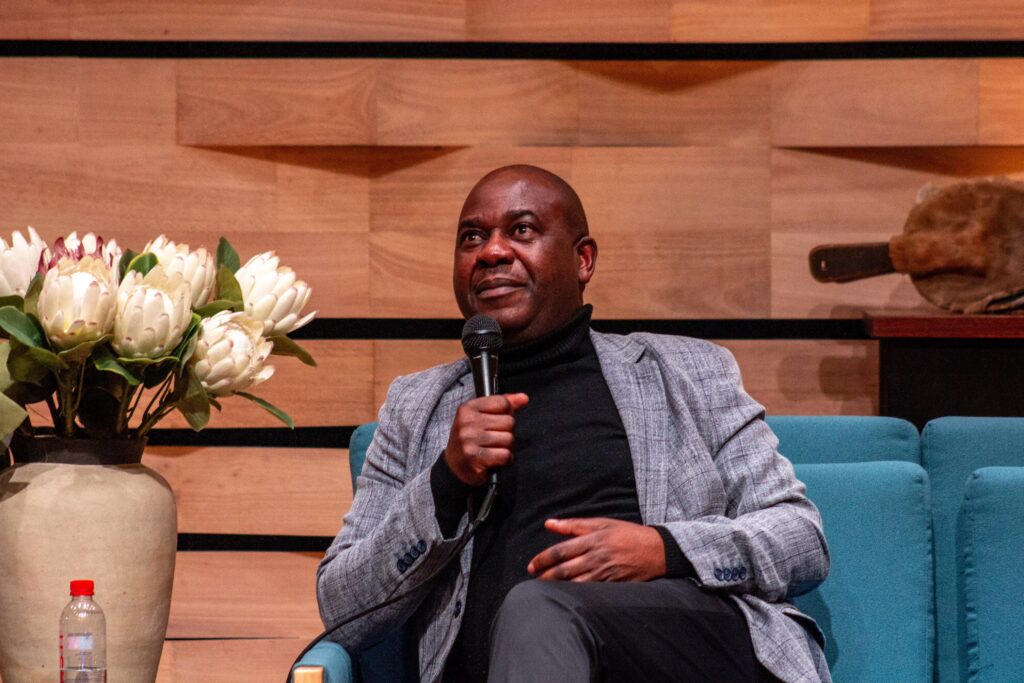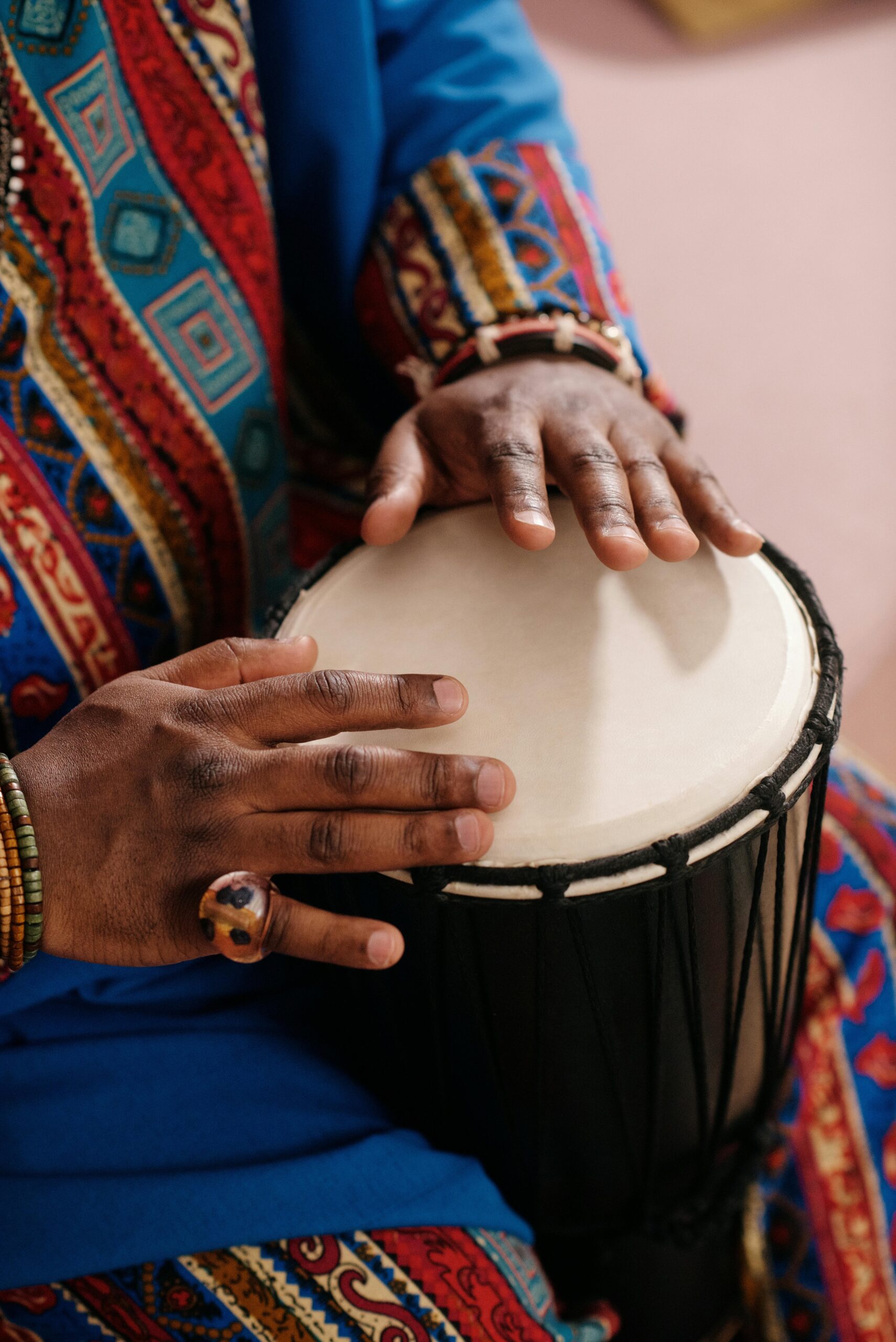Whilst African musical genres like Afrobeats and Amapiano continue to dominate global airwaves and streaming platforms, and, African fashion dominates legacy runways and designers receive international awards, at the same time African visual artists and their work is commanding attention in major galleries and international biennales, the continent is yet to fully realize the economic windfall that should accompany all this global attention.
According to UN Trade and Development’s (UNCTAD) Creative Economy Outlook report for 2022, in 2020 global exports of creative goods represented US$524 million, whilst the exports of creative services reached around US$1.1 trillion. Sadly, the African continent’s share of the global creative economy pie is miniscule, pitiful and almost insignificant at less than 1.5%, and accounting for only about 2 million jobs, which is just 5% of global cultural and creative industries jobs on a continent of over 1.5 billion people. It is clear that there are a lot of interventions required to redress these imbalances in terms of trade, labour and economic benefit to address the challenges facing the continent such as youth unemployment and the effects of the continental brain drain.
Though there are now significant initiatives to fund African cultural and creative industries such as Afreximbank’s Creative Africa Nexus (CANEX) which announced that it will triple its continental investment to US$3 billion by 2026, much more than rhetoric from other key African financial services stakeholders is required. In addition, the same entity also recently announced a US$1 billion Africa Film Fund which seeks to turbocharge production and infrastructure development within the African film ecosystem, a welcome development for investor-ready countries such as Nigeria’s Nollywood and other markets which have shown huge potential but lacked financial muscle in this capital-intensive industry.
It is projected that by 2030, Africa will account for up to 10% of global exports of creative goods, whose value will be around $200 billion (or 4% of Africa’s GDP), and that this could create more than 20 million work opportunities within the cultural and creative industries. Though numbers and projections are good and needed, but what is even more critical is physical infrastructure development around the various ecosystems withing the creative economy be it in fashion, music, and other live arts so that jobs are created to meet the massive continental demand.
The fact that globally, Africa has the youngest population with around 500 million people between the age of 15-35 is something ‘celebrated’ but that on its own does not seem to have spurred governments into action to meet the job needs of this population through investment in 21st century skills focused education among other things.
Furthermore, the disproportionate and unstructured way in which only a few numbers of those young people are absorbed into formal employment, whilst many more are left to fend for themselves in the dog-eat-dog informal employment side of the creative industries is and should be cause for concern. This is where entities such as cultural observatories become key if there are to be meaningful data-backed interventions to significantly address these challenges by proffering fit-for-purpose solutions that consider the nuances of each country and region among other things.
Former Head of Department of the University of Witwatersrand Cultural Policy and Management unit, Dr. Munyaradzi Chatikobo argues for the importance of entities such as cultural observatories to address how creative economy data is often fragmented, outdated and at times unreliable to be of any use.

Former Head of Department, Cultural Policy and Management, University of Witwatersrand, Dr Munyaradzi Chatikobo Photo by : Lebohang Benley
“I have witnessed firsthand how data scarcity, fragmented sectoral coordination, and undervaluation of cultural work hinder development. Cultural Observatories play a vital role in bridging this gap—they generate, analyse, and disseminate cultural data that informs policy, guides investment, and advocates for the visibility and sustainability of the Cultural and Creative Industries (CCIs).”, says Dr. Chatikobo.
As much as governments can have ministries which oversee the cultural and creative industries, and lawmakers and legislators who make policies, what is often lacking is an oversight and tracking of such policies to ascertain whether they are being implemented and/or being reconfigured to achieve desired outcomes. This, among other things is important as with the advent of digital technologies such as AI, the digital landscape changes as rapidly as the eye meaning agility is required something which is often the Achilles heel of policies and policymaking.
Lupwishi Mbuyamba, Executive Director of the Observatory of Cultural Policies in Africa (OCPA), a Mozambique based entity which monitors cultural and creative industries trends and advocates for research-based capacity building is of the view that in as much as the economic value of African cultural and creative industries is important as a focal-point, a balanced approach is needed so that the instrumental and intrinsic value of culture is not lost.
“…the prevailing trend that strongly promotes the economic profitability of the cultural and creative industries plays a major role…but it should perhaps take into account the movement for the cultural, artistic, and musical renaissance of Africa”, says Mbuyamba.
An example of one such entity is the South African Cultural Observatory (SACO), an initiative of the national Department of Sport, Arts and Culture housed at the Nelson Mandela University and run in partnership with Rhodes University and University of Kwazulu-Natal. Launched in 2015, this institution has been instrumental in conducting research on the cultural and creative industries in addition to convening several conferences which have brough different stakeholders into one room to discuss pressing issues pertaining to the South African, African and global creative economy.
SACO has also contributed to ensuring that there is focus on support on often overlooked or unfashionable components of the creative economy such as gaming, book publishing, crafts and others to ensure they receive targeted investment and other sectoral support.
Thus, SACO is an example of a much-needed entity in other African countries meaning stakeholders must do all they can to lobby for the establishment cultural observatories in each African country which can then feed into regional bodies of the same kind focussed on the creative economy. An example of how this could work could be the creation of a Southern African Development Community (SADC) or East African Community (EAC) cultural observatory which would work with in-country cultural observatories as the burning issues within a country, regional or continental creative economies often do not end at the borders which is why collaboration, co-operation and knowledge sharing is key.
Whilst cultural observatories are important and can play a key role in the growth and development of the cultural and creative industries in Africa, they are not a magic bullet, and their existence alone will not solve the huge challenges the African creative economy faces.
Without political will and budgetary commitment such as the call by Connect for Culture Africa (CfCA) and the African Union to governments that they allocate at least 1% of their national budget to the arts, culture and heritage sectors by 2030, the potential of the African creative economy will remain unrealized.
Editor’s Note:
This feature article by Tonderai Chiyindiko, an experienced cultural policy writer and advocate from Zimbabwe, provides a compelling case for why cultural observatories are vital to turning African CCI policies into measurable, sustainable outcomes. With over 15 years of writing and research in the arts, culture, and heritage sectors—including work for HowlRound and ZAM Magazine—Chiyindiko draws on expert insights and regional examples to illustrate how data, infrastructure, and oversight can unlock the continent’s creative potential.

Cultural Policy Writer and Advocate, Tonderai Chiyindiko – Photo by : Zanoxolo Bonginkosi Muchanga
As Connect For Culture Africa (CfCA) continues to push for increased public investment in CCIs, this article contributes meaningfully to the ongoing conversation about accountability, regional cooperation, and the role of institutions in shaping a thriving cultural economy.

